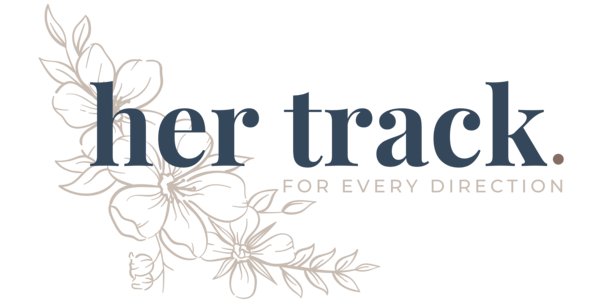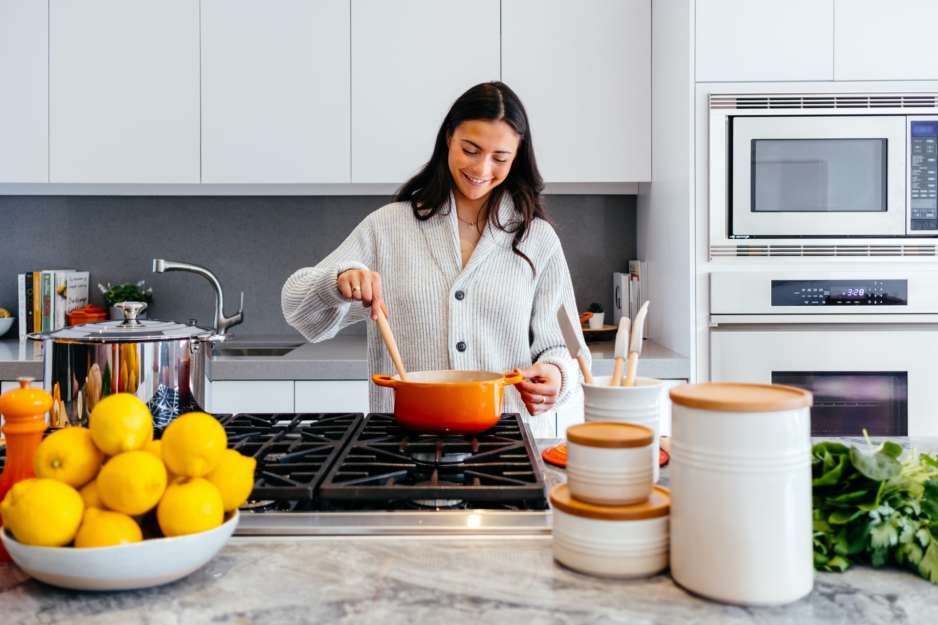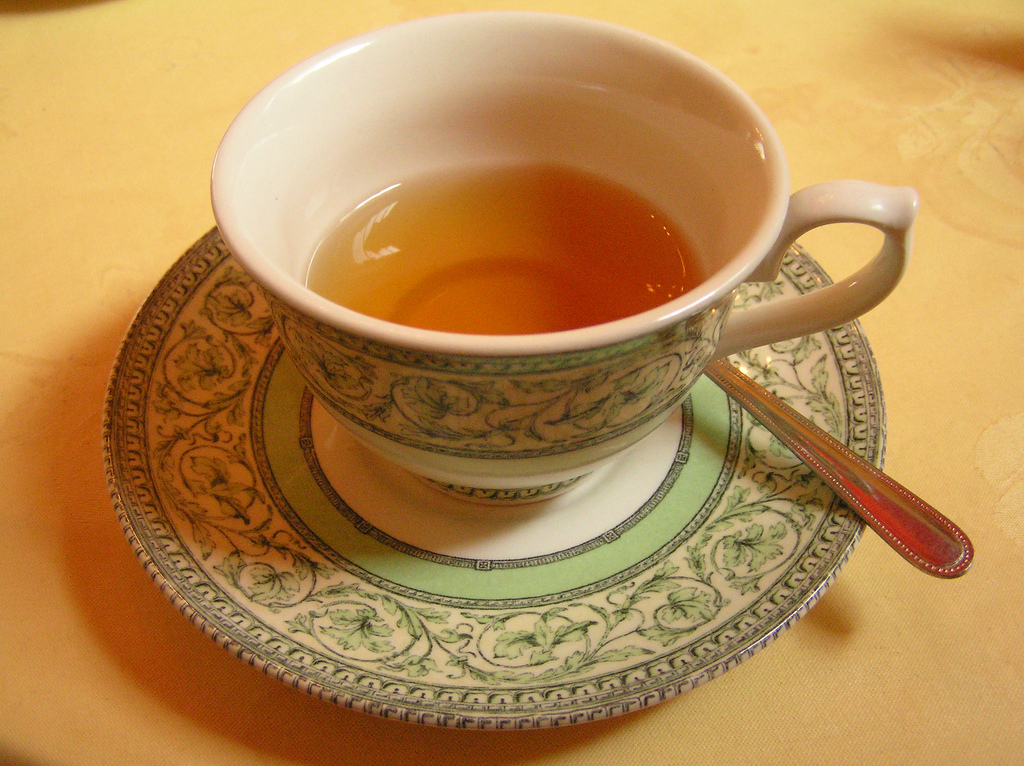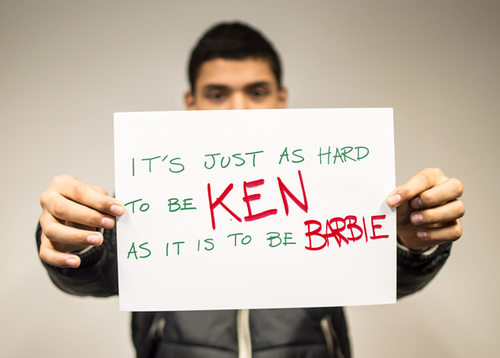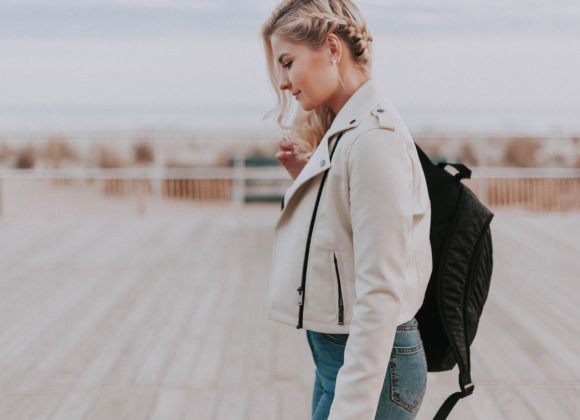It’s a new year, and a new chance to refocus on our goals. If you’re like me, health, lifestyle and wellness are huge priorities for those goals. I’ve learned firsthand that Whole30 is a great partner on that journey.
In 2020, I really began to prioritize my health and was able to successfully complete TWO Whole30s, one in June and one in October AND I just kicked off the new year with my third. I thought I’d share what my experience has been like with the program and what I’ve learned.
“Hold up, what the heck is the Whole30?”

The Whole 30 is a 30-day program that emphasizes eating whole foods and eliminating sugar, alcohol, legumes, grains and dairy. It was created by Melissa (Hartwig) Urban and Dallas Hartwig in April of 2009. Over the past 11 years, it has exploded in popularity and for good reason.
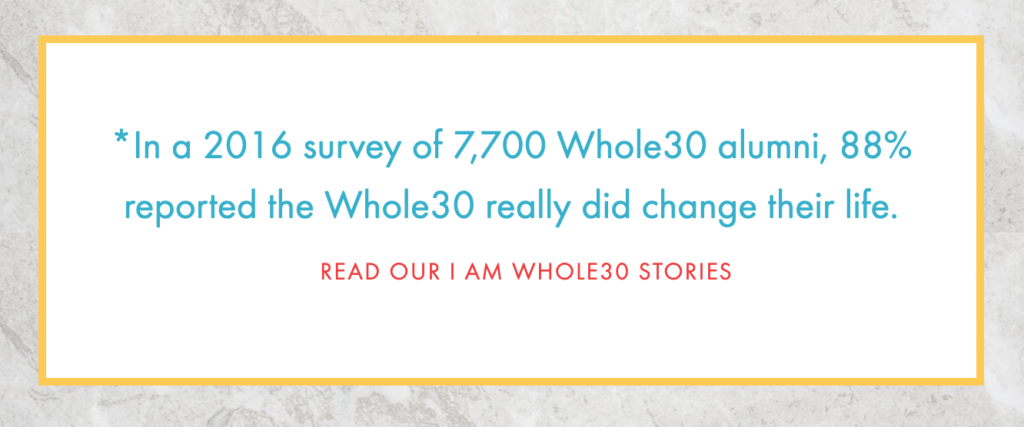
The Benefits:

Why learn about Whole30 to begin with?
Common Whole30 benefits are typically those of any nutrient-rich dietary change like weight loss, better sleep, more energy and improved overall health.
I also personally experienced a plethora of benefits from completing the Whole 30.
Here are a few:
- The clearest my skin has ever been was on the Whole 30. My face as well as my body acne totally cleared up.
- Stable energy and improved sleep.
- One of the most unexpected benefits, I normally get debilitating fall allergies in October and I experienced 0 of my seasonal allergy symptoms while on the Whole 30.
- Improved mental health.
- Cleared up my heartburn and dietary issues.
- My resting heart rate went down by 10bpms.
- Weight loss.
- My sweet tooth disappeared even after the program was over.
The Rules:
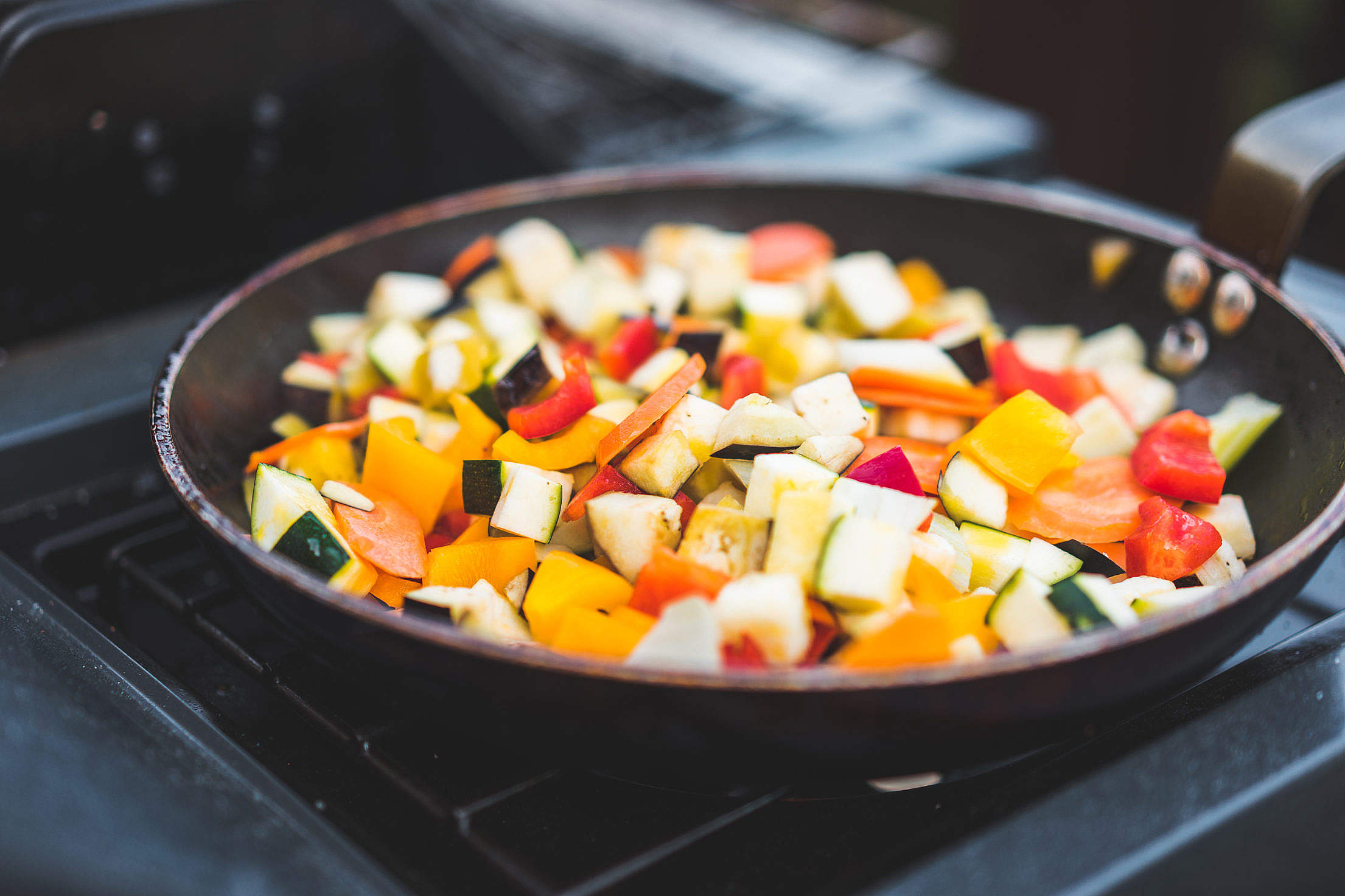
- Do eat real food
- This basically boils down to eating as much whole unprocessed food as you can. A lot of fruit and vegetables, natural fats, herbs, spices and seasonings.
- Meat, eggs, and seafood – Whole 30 strongly recommends free-range eggs, grass-fed organic beef and wild-caught fish as much as possible. If you’ve watched or read anything on factory farming recently and how horribly the animals are treated, Videos like this and documentaries like Food, Inc help to shed a light on this. Melissa posits that the way animals are treated before we consume them has a direct effect on our health.
- Do not
- Do not consume added sugar, real or artificial. You will become a label reading nut because there is added sugar in so many things. Like chicken broth? WHY IS THERE SUGAR IN CHICKEN BROTH?!
- Do not consume alcohol in any form. Say goodbye to your post-work glass of wine and you cannot even use alcohol in cooking.
- Do not eat grains. So long pasta and bread and so many carby delicious things.
- Do not eat most forms of legumes. Hasta la vista beanies.
- Do not eat dairy. Giving up cheese is honestly one of the hardest parts of this diet for me.
- Do not consume carrageenan, MSG, or sulfites.
- Do not consume baked goods, junk foods, or treats with “approved ingredients. I may have broken this rule a time or two shhh don’t tell them.
- Do not step on the scale or take any body measurements for 30 days. This is one of my favorite rules.
You can get more into the nitty gritty details of the rules here.
Recommended Reading:

You could probably get away with using their free online tools and resources and be okay, but I have bought and read 5 of their Whole 30 books:
1: The Whole30: The 30-Day Guide to Total Health and Food Freedom
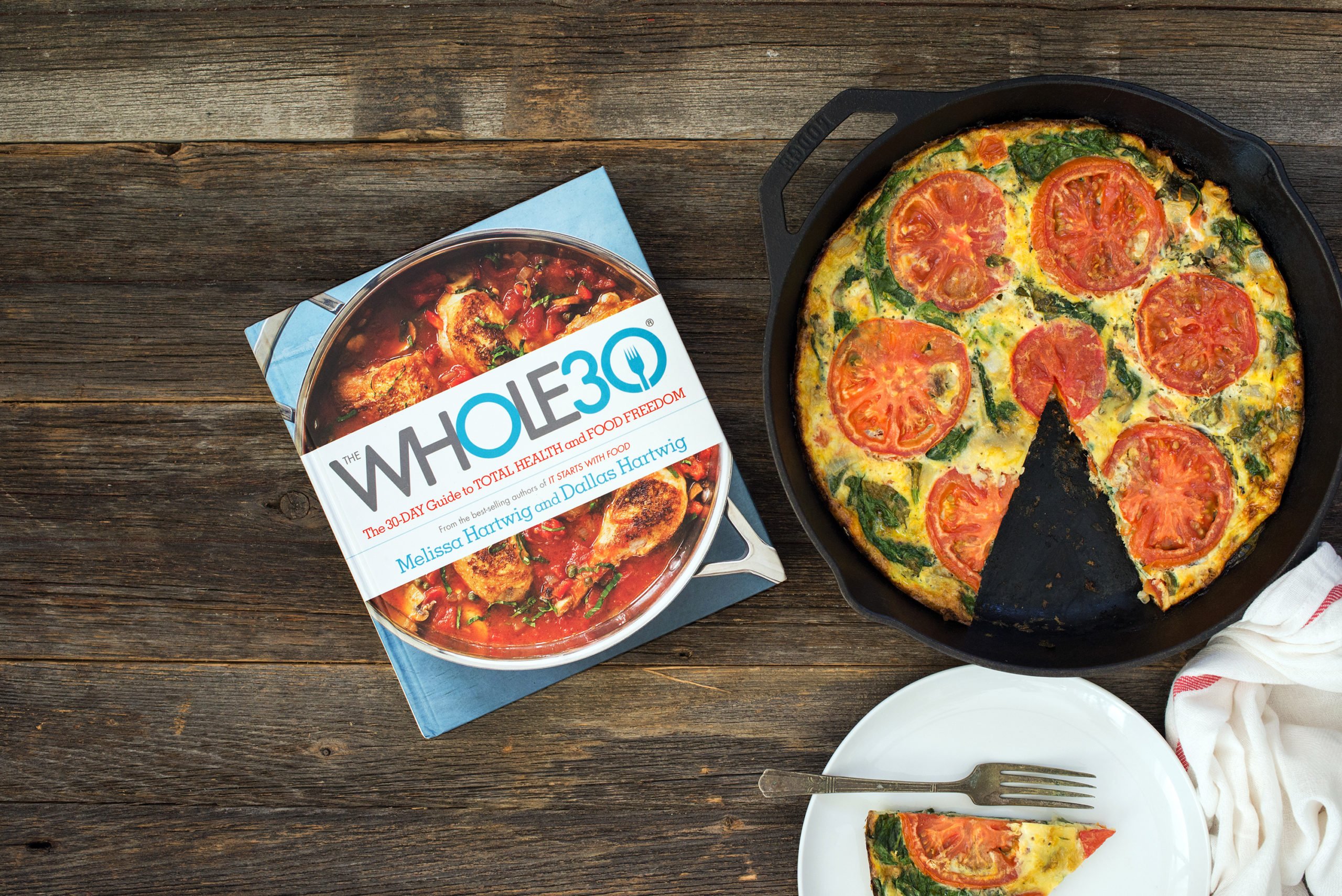
If you choose to purchase any book for the program I highly recommend this one. It gives a great overview of the program, really drills down into the why of each rule and then it gives you cooking tips and recipes. Even when I am not doing Whole 30 I refer to this bible for the recipes and cooking tips alone, I have become such a better cook throughout my Whole 30 Journey.
2: It Starts With Food: Discover the Whole30 and Change Your Life in Unexpected Ways

This book really gets into the science of Whole 30. If you are an analytic person and really like to understand the fundamental biological and hormonal responses our bodies have to the food we consume this is the one for you. I purchased it and read it specifically for this article because I am not necessarily that type of person and there were quite a lot of ‘mitochondria is the powerhouse of the cell’ moments but I definitely learned a lot about the science of WHY this program makes me feel like a glowing faced energetic superwoman.
3: The Whole30’s Food Freedom Forever: Letting Go of Bad Habits, Guilt, and Anxiety Around Food

This book exists to help you after you complete your Whole 30. It goes into the anxiety we can all feel about food and also offers just general good life tips such as meditating and turning the notifications off on your cell phone that have nothing whatsoever to do with food but very much help your psychological well-being.
I also own two cookbooks that I purchased halfway through my first Whole 30 The Whole30 Fast & Easy Cookbook: 150 Simply Delicious Everyday Recipes for Your Whole30 and The Whole30 Slow Cooker: 150 Totally Compliant Prep-and-Go Recipes for Your Whole30 just because I needed more fast and easy options. .

I also pre-ordered this Cooking Whole30: Over 150 Delicious Recipes for the Whole30 & Beyond because I am now an unwitting member of the Whole30 cult and needed to have the latest literature for round three.
Recommended Tools:

Over the course of the past 6 months, I have amassed some tools that have made my Whole 30 life and beyond much better. I am going to rank them in order of how much I love them.
1: Meat Thermometer – I own this specific one and it is the best $12 I have ever spent in my life. Temping meat to make sure you don’t give yourself food poisoning and also making sure your steak is exactly medium-rare is LIFE-CHANGING. It is magnetic too so it hangs out on my fridge and is my tiny digital best friend.
2: A cast-iron skillet – Cast iron is a total cooking game-changer, searing your meat provides SO much flavor. I only own a small Lodge cast iron skillet, I would like to purchase a bigger one so I can cook meat for more than two people at a time. It’s so nice to be able to go from stove-top to oven and back. Let me warn you there is an entire religion devoted to caring for your cast-iron skillet (No washing it with soap, etc.). It is a rather high-maintenance piece of cookware but the food you make with it is well worth it.
3: A really good chef’s knife – Worth the investment and it is pretty much the only knife I use anymore.
4: Crockpot – Even just generally in life you should own a crockpot. They are a magic cauldron of slow-cooking heaven.
5: A planner – You are going to need some type of system to help you meal plan, make lists, grocery shop, know what food you are planning to make and eat on which day. Planning often and planning well is a hallmark of Whole30 success.
6: Air Fryer – I did not have an air fryer for any of my Whole 30s but we have one now and I have a feeling it is going to be a kale chip-making game changer.
7: Food processor – This is nice to have but I don’t use it that often. I bought it for my first Whole 30 and have probably only used it about 6 times. I think there is a lot of food processing potential there but I have not unlocked it quite yet.
Shopping Tips and Tricks:
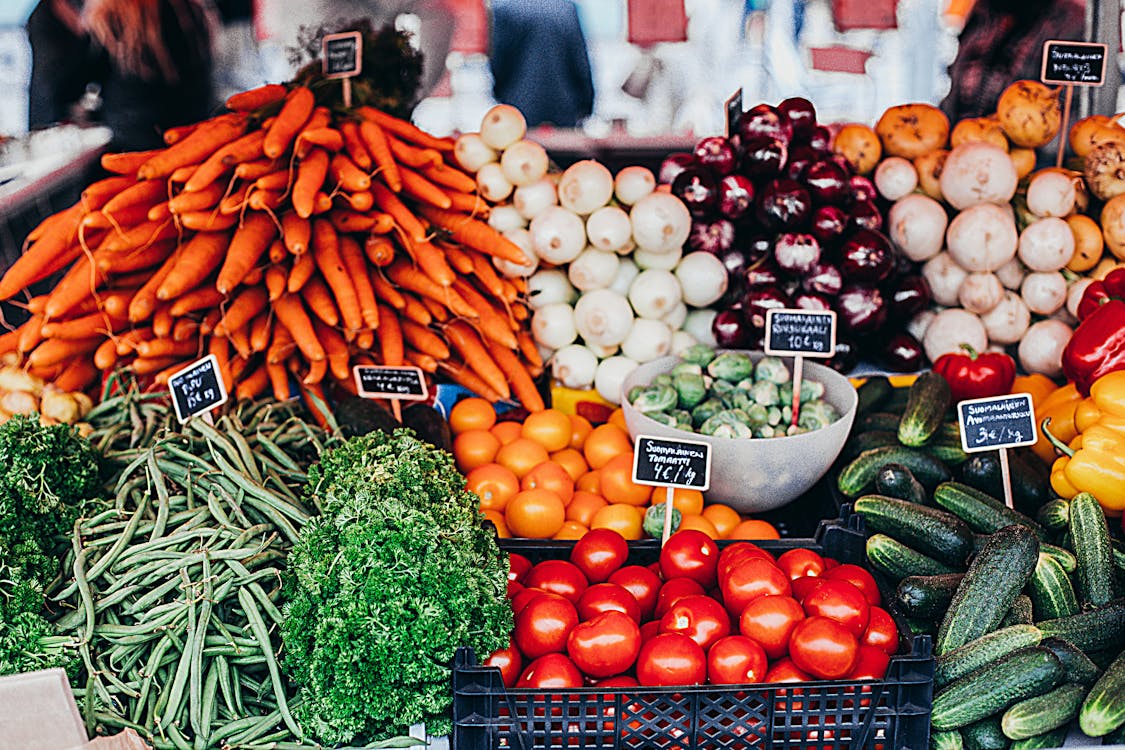
If I can give you one piece of advice when it comes to shopping it is this; please for the love of Pete follow the KISS method. Keept. It. Simple. Stupid. In my overzealousness and excitement for my first Whole 30 I lost my damn mind and thought I could follow the week 1 meal plan from the book to a T. I spent $371.84 at the grocery store to achieve this goal. Do not do this.
You do not need to spend $400 at the grocery store ever to complete your Whole 30.
I also totally overwhelmed myself trying to cook and meal prep. I tried to make the Whole 30 mayo from the book in my food processor, it didn’t work and I literally sat on the kitchen floor on day 2 and sobbed for twenty minutes. Don’t repeat my mistakes!
Tip 1: You do not ever need to make any of the sauces, dressings, whatever from the book.

When they first published the book Whole 30 was not as popular so there weren’t many options for complaint mayo, dressings and sauces so you had to make your own. This is no longer the case, Primal Kitchen offers a plethora of compliant BBQ sauces, ketchups, salad dressings and mayonnaise. If you are a sauce aficionado Food Network professional chef feel free. It was not worth the effort and headache for me to try to make sauces PLUS cook three meals per day. Nosiree Bob. Please see the mayonnaise meltdown from above.
Tip 2: If you are in a rural area, Aldi and ordering complaint snacks etc from Amazon is a Godsend.

Aldi is a mecca for affordable healthy food on a regular basis anyway. I did most of my shopping for round 1 when I was in good ole Munster PA at Wal-Mart and Aldi. There were certain things like Chomps Beef Sticks and Kettle Fire Bone Broth and Primal Kitchen dressings I could not find in the area that I was able to order off of Amazon. Rural areas are great too because if you are looking for free range grass fed anything you literally know farmers in the area that can provide these to you.
Tip 3: Whole Foods is not the insanely expensive boujee place you think it is.
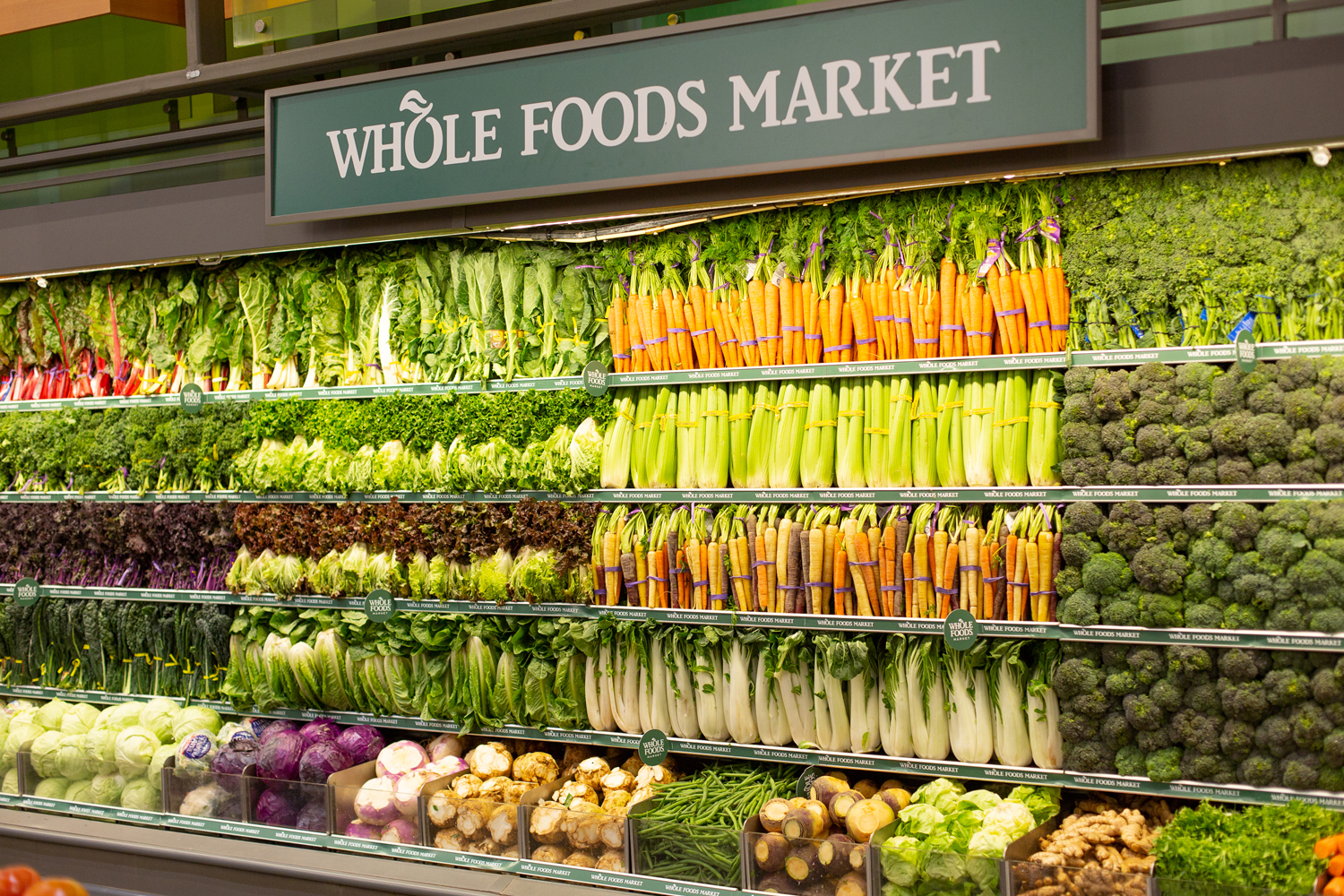
For my second round of Whole30 I did most of my shopping at WholeFoods and I found I actually spent less money there than I did when I was doing it the first time in Munster. You can find awesome deals and if you are an Amazon Prime member you get discounts for shopping there. You can also get same-day delivery on groceries which makes life gloriously convenient.
Tip 4: Eating out is very hard but doable.

Chipotle was my absolute favorite place to eat out when I did Whole30 because you know for a fact they have complaint options there. If you go to a restaurant with friends you have to be prepared to be that person. I would call ahead to the restaurant we were planning on going to see what kind of oil they used for cooking and see if they could accommodate me.
I would study the menu ahead of time and know exactly what I was going to order. When ordering you explain that you have some dietary restrictions to help ensure non-compliant ingredients don’t sneak in.
Please DO NOT cry allergy if you do not actually have a food allergy. Restaurants that cater to people with, for example, gluten sensitivities have very strict processes and procedures in place to ensure they do not make them sick and it is unfair to the restaurant or people with actual food allergies for you to cry allergy when it isn’t true.
PRO-TIP: You are going to need a support system.
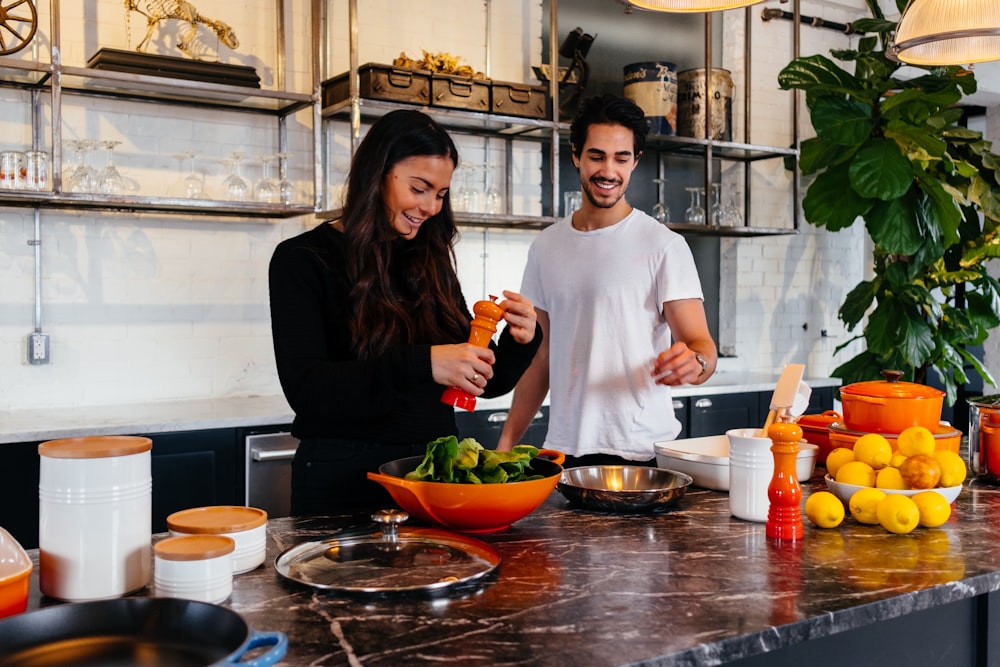
A good support system is going to make or break your Whole30. Two of my friends had completed a Whole 30 before and were my sages throughout the process (shout out Gabby and Ben you guys rock!) Gabby sent me a google doc with tips, tricks and recipes that became my second bible after The Whole 30 book.
For my first Whole30, I lived in a rural area with my now-ex-boyfriend and his 5-year-old son who did not participate in the diet. They were not an ideal support system as there was constantly a lot of junk food and noncompliant things in my face on a regular basis. I shared my Whole 30 journey with my Instagram followers and that kept me accountable because I didn’t want to quit after day 17 and embarrass myself. I also signed up for these daily text messages from Melissa herself that really helped.
For round two I lived with my sister in the city and talked her into doing it with me and doing it with another person, especially someone you live with makes the process 1,000 times smoother. If you can do it with a buddy I cannot recommend it enough. Having someone to help you grocery shop, meal prep, and clean up is invaluable. Having non-compliant food out of sight and out of mind is so nice.

Keep in mind for the first ten days of the program as you are going through sugar withdrawal and your body is acclimating to a low-carb diet you will most likely become a monster. I know the abrupt personality change from my sweet fun-loving self into a sugar withdrawing hateful woman was alarming and not enjoyable for my ex (sidenote: the breakup had nothing to do with the diet).
There were some incredibly tense moments with my sister and I as well. I do not recommend trying to assemble Ikea furniture with your Whole30 partner in the first 10 days of the program unless you have a neutral third party present to ensure nobody is beaten over the head with a piece of bedframe… or if there is a moment where your Whole30 partner tries to front seat drive as you are heading to the grocery store you will need to resist the urge to turn the car around and drop her back off at your house because you cannot look at her stupid face for one more second in a fit of inexplicable rage. These are two totally hypothetical situations and did not actually happen, of course. (I’m lying they totally happened).
In Conclusion:
If you are looking to begin the new year with a challenge and to prioritize your health I invite you to join me and thousands of others and try Whole 30.
There is a tough-love mantra from Melissa: “It is not hard. Don’t you dare tell us this is hard. Quitting heroin is hard. Fighting cancer is hard. Drinking your coffee black. Is. Not. Hard.” It does help to put things into perspective… but overall the Whole 30 is hard in all the right ways.
It really makes you think about the food you put into your body and how it affects you. It shows you can do something really challenging and come out the other side a stronger, healthier version of yourself. In a 2016 survey of 7,700 Whole30 alumni, 88% reported the Whole30 really did change their life. I am a firm believer my life has changed for the better since discovering Whole30.
I invite, welcome, and challenge you to see if it can change yours. I’ll be with you supporting and cheering you on every step of the way.
